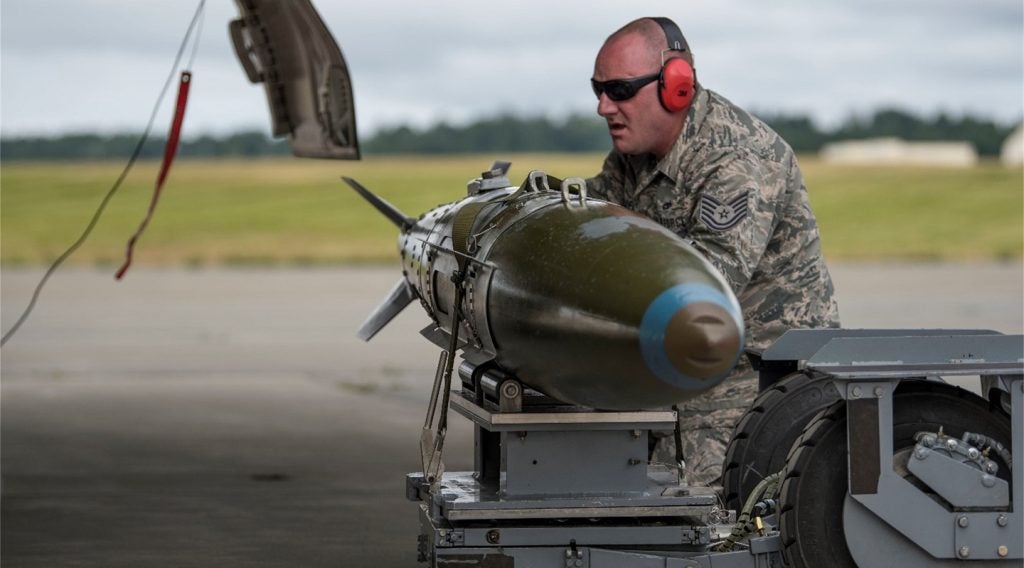
ViaSat has received an in-flight broadband and communications services contract from the US Defense Information Systems Agency (DISA).
Valued at around $73m, the contract will see the company providing global in-flight internet and connectivity services to Air Force One and other government senior leader aircraft.
The contract covers support for VC-25s, C-17s, C-32s, C-37s, C-40s and the complete range of VIP and special air mission aircraft.
A hybrid Ku-/Ka-band system will keep government aircraft connected to ViaSat's satellite network.
The hybrid terminal and radome enables automatic in-flight network switching across Ku- and Ka-band satellite networks for an advanced 'global roaming capability', the company said.
ViaSat Government Systems Division senior vice-president and general manager Ken Peterman said: "ViaSat's high-capacity global in-flight internet service ensures executive and government leaders and their teams can stay connected, informed and productive, maximising the effectiveness of time in-flight with 'Situation Room and Command Center' connectivity in the sky.
How well do you really know your competitors?
Access the most comprehensive Company Profiles on the market, powered by GlobalData. Save hours of research. Gain competitive edge.

Thank you!
Your download email will arrive shortly
Not ready to buy yet? Download a free sample
We are confident about the unique quality of our Company Profiles. However, we want you to make the most beneficial decision for your business, so we offer a free sample that you can download by submitting the below form
By GlobalData"This award is a significant accomplishment and we are proud to be delivering remarkably fast data speeds and an abundance of capacity to support the in-flight communications needs of our government's senior leadership on Air Force One and other special air mission aircraft."
ViaSat in-flight internet service enables high-definition (HD) video streaming for intelligence, surveillance and reconnaissance (ISR), en-route command and control (C2) and search and rescue (S&R) missions.
The service can also be used to maintain a two-way communications through HD video conference calling or voice over internet protocol calls; access real-time intelligence and other location-based, live-sensor data for critical decision-making and more.
Image: Air Force One flying over Mount Rushmore. Photo: courtesy of US Air Force.







